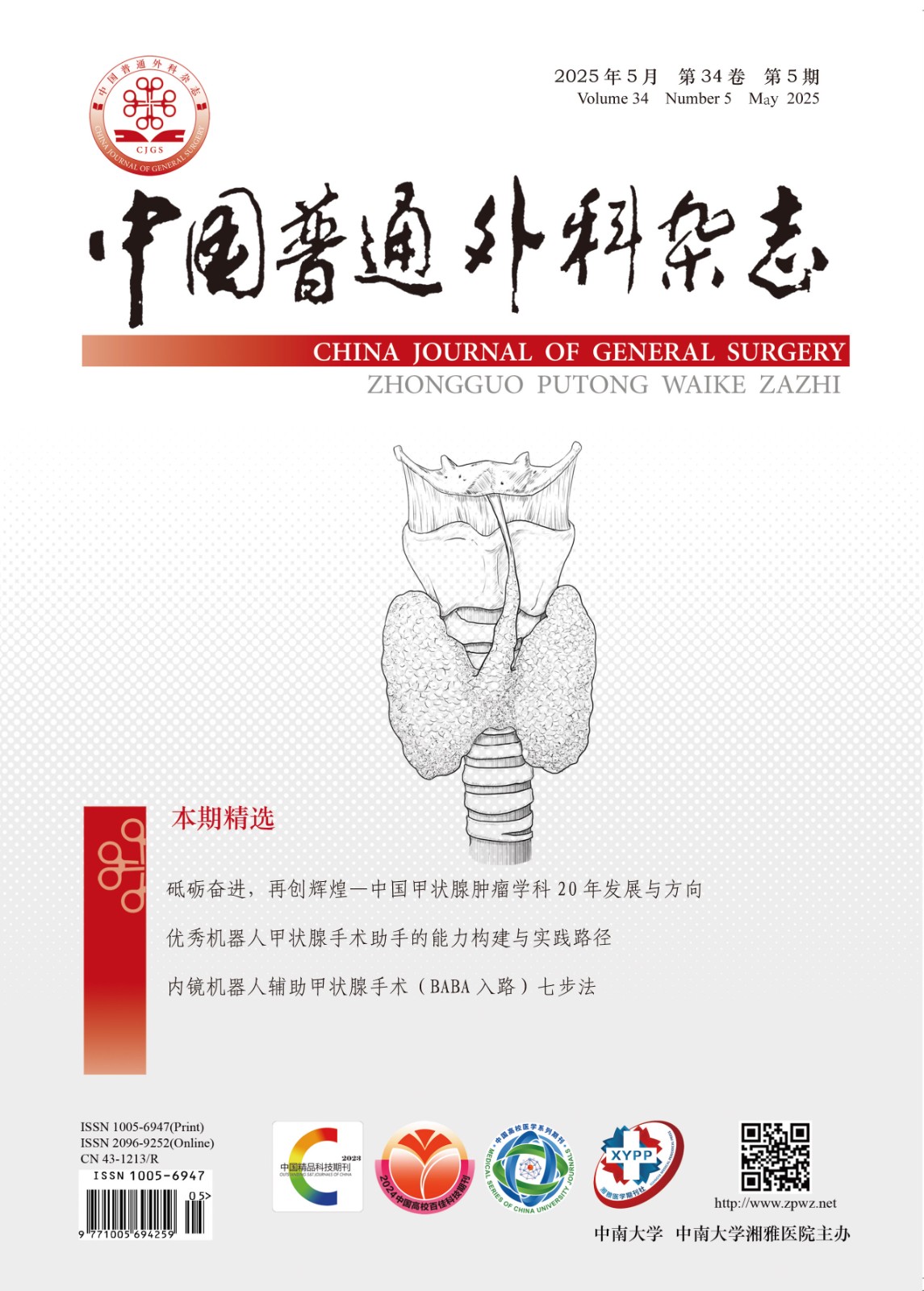Abstract:Background and Aims: Congenital biliary dilatation (CBD) is a relatively common biliary malformation in children, which can occur in any part of both intrahepatic and extrahepatic bile ducts. The patients are prone to develop serious complications such as biliary stones, pancreatitis and cholangiocarcinoma, recurrent cholangitis, portal hypertension, spontaneous cyst rupture with the passage of time. CBD is often associated with pancreaticobiliary maljunction (PBM), and lacks of typical clinical symptoms. Severe abdominal adhesions are found in some patients with acute attack, for whom, the operation is difficult to perform and many postoperative complications may develop. Thus, the diagnosis and treatment of this condition pose a great challenge to pediatric surgeons. This study was to summarize the experiences in diagnosis and treatment of pediatric CBD, so as to provide relevant strategies for clinical work.
Methods: The clinical data of 44 children with CBD are admitted in Xiangya Hospital of Central South University from June 2010 to August 2017 were retrospectively analyzed.
Results: Among the 44 cases, there were 38 females and 6 males, with a male-female ratio of 1:6.3. The onset age ranged from 2 to 161 months, and the median onset age was 63 months. The main clinical symptoms were abdominal pain in 30 cases (68.1%), skin scleral jaundice in 20 cases (45.5%) and nausea and vomiting in 7 cases (15.9%). Ultrasound examination was performed in 37 patients, of whom, 30 cases (81.1%) were considered as CBD; 32 patients underwent CT scan, and 29 cases (90.6%) of them were considered as CBD; 20 patients were subjected to MRCP examination, and all of them (100.0%) were considered as CBD, among whom, 18 cases (90.0%) had concomitant PBM. According to Todani classification, 34 patients (77.3%) were classified as type I and 10 cases (32.7%) were classified as type IVA; according to Dong’s classification, there were 26 cases (59.1%) with type C1, 8 cases (59.1%) with type C2, 8 cases (59.1%) with type D1, and 2 cases (4.5%) with type D2 diseases. In 29 pediatric patients who underwent primary cholecystectomy and choledochal cyst resection plus Roux-en-Y choledochojejunostomy, the intraoperative bleeding was (80.0±25.0) mL, and no complications occurred, and the length of postoperative hospital stay was (8.0±1.6) d; in one child who received cholecystectomy, choledochal cyst resection and left hemihepatic resection plus right hepaticojejunal Roux-en-Y anastomosis, the intraoperative blood loss was 150.0 mL, and the postoperative hospitalization was 10 d; in 6 cases undergoing primary choledochal cyst incision plus T-tube drainage, and secondary choledochal cyst resection plus Roux-en-Y choledochojejunostomy 3 months later, the intraoperative bleeding was (500.0±125.0) mL and the length of postoperative hospitalization was (11.0±4.2) d; in one case underwent choledochojejunostomy, the amount of intraoperative bleeding was 200.0 mL, anastomotic fistula occurred after operation, hospitalized for 24 d postoperatively, and the second operation was performed 6 months later, with intraoperative blood loss of 200.0 mL and postoperative hospitalization of 7 d; 7 children (15.9%) did not receive surgical treatment, of whom, 4 cases had type IVA disease. Forty children were followed up for 20 to 110 months (median follow-up time was 60 months), 35 cases receiving surgical treatment were all recovered well, and 3 cases develop repeated recurrence of symptoms and one case died due to recurrent cholangitis in the 5 cases who did not receive surgical treatment.
Conclusion: MRCP has a high accuracy for diagnosis of CBD. It can distinguish the presence or absence of the PBM and the PBM type, and the damage of pancreatic duct can be avoided and diseased bile duct can be completely removed the intraoperative according to the display of the confluence of pancreaticobiliary ducts by MRCP during operation, so MRCP can be used as the first choice for CBD diagnosis. The Dong’s classification is helpful for procedure selection, and provides a proper surgical method for some type IVA patients.

